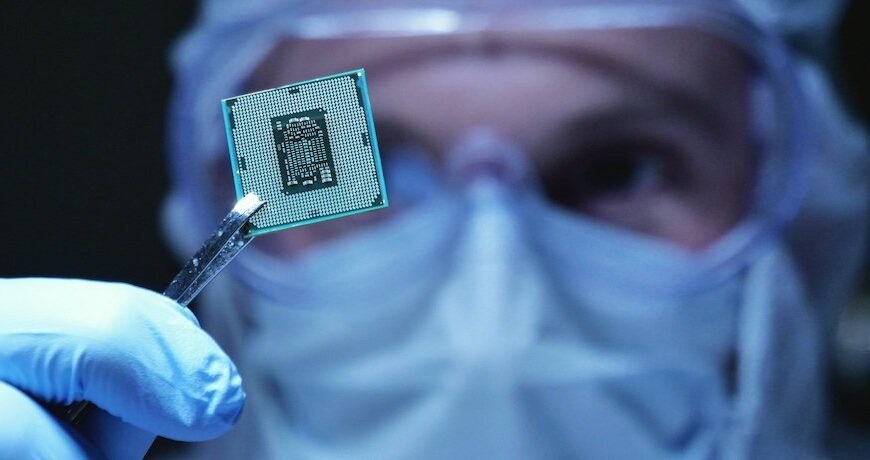Tom Cash, director of Siemens parts supplier Foxmere, explains why OEMs need to automate high precision assembly.
The manufacturing of micro medical devices presents unique challenges to manufacturers due to their complex geometries and tiny dimensions. These challenges require specialized approaches as components are often invisible to the naked eye.
Recent innovations, such as the grain-sized heart-implanted pacemaker called The Micra and the iStent inject for managing eye pressure, highlight the importance of precision and minimally invasive solutions in the medical industry.
Manufacturing micro medical devices requires meticulous material selection and specialized fabrication techniques to ensure the reliability and quality of the final products.
Stringent quality standards and regulations govern the medical device industry, emphasizing the need for precision and compliance at all stages of production.
Implementing robotic process automation in healthcare can help reduce operational costs and enhance efficiency in the assembly phase of bringing a device to market.
Partnering with a reliable automation parts supplier with expertise in high precision assembly can help manufacturers navigate the complexities of microdevice manufacturing and reduce expenses associated with intricate assembly processes.














